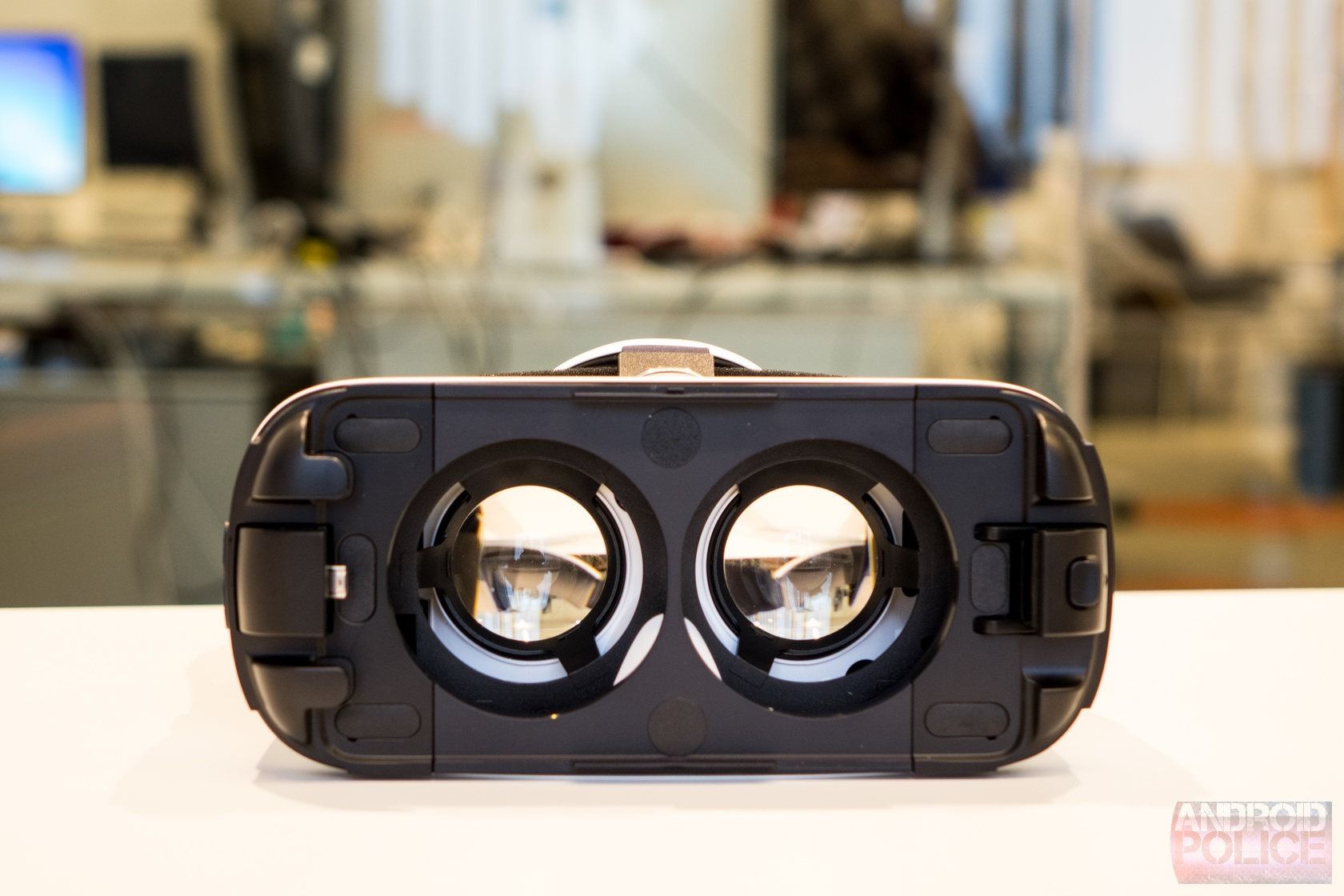latest
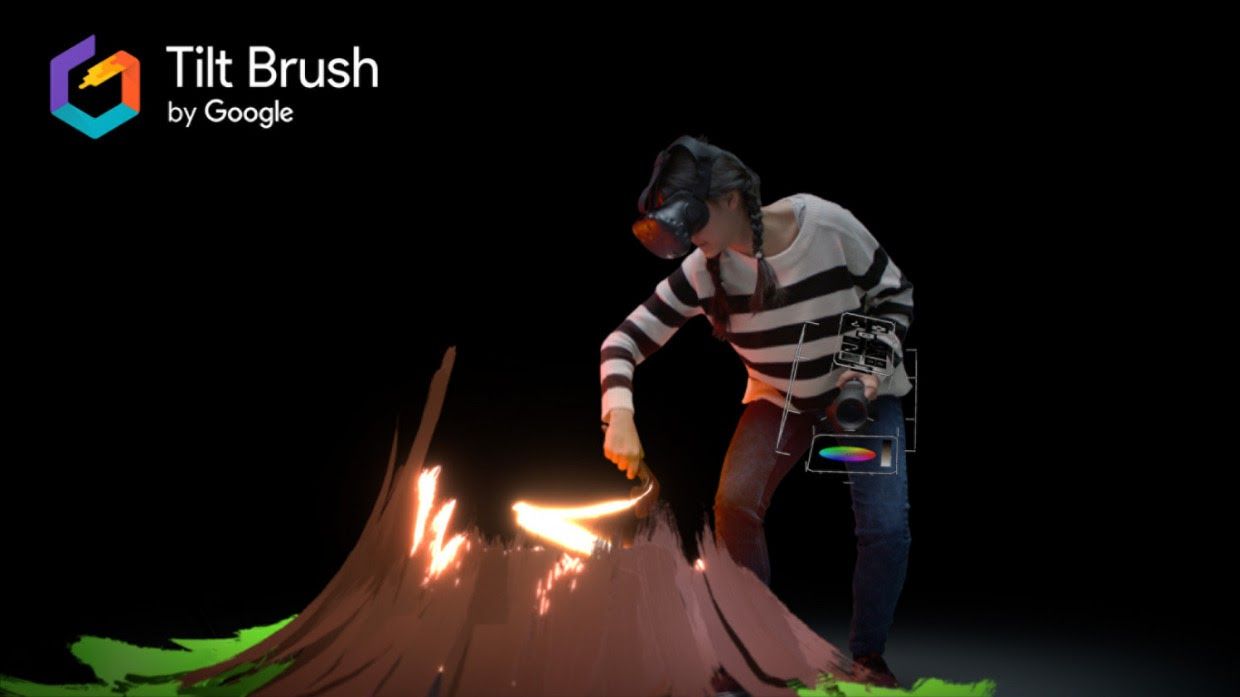
Google's latest canceled VR project will at least live on as an open source project
Tilt Brush will remain available in digital stores
One of the more interesting VR applications we've seen in recent years is Tilt Brush, an app that lets users create 3D art in a virtual environment. Unfortunately, Google has announced that it's ending internal development for the app. It will get another chance to succeed, however, as an open-source project.
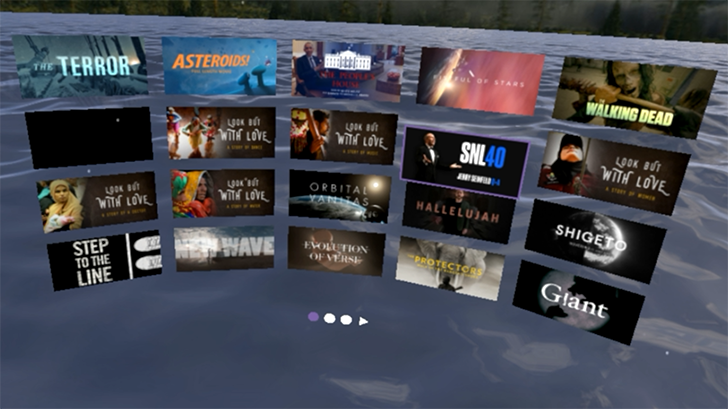
Chrome 66 adds experimental support for Oculus Rift, HTC Vive, and Windows Mixed Reality VR headsets
Google Chrome 66 came out a few days ago, with your usual list of new APIs and user improvements. However, one major new feature flew under the radar. This is the first stable Chrome release with experimental support for Valve's OpenVR API, allowing VR content to be viewed on all popular headsets. This includes the HTC Vive, Oculus Rift, and Windows Mixed Reality headsets.
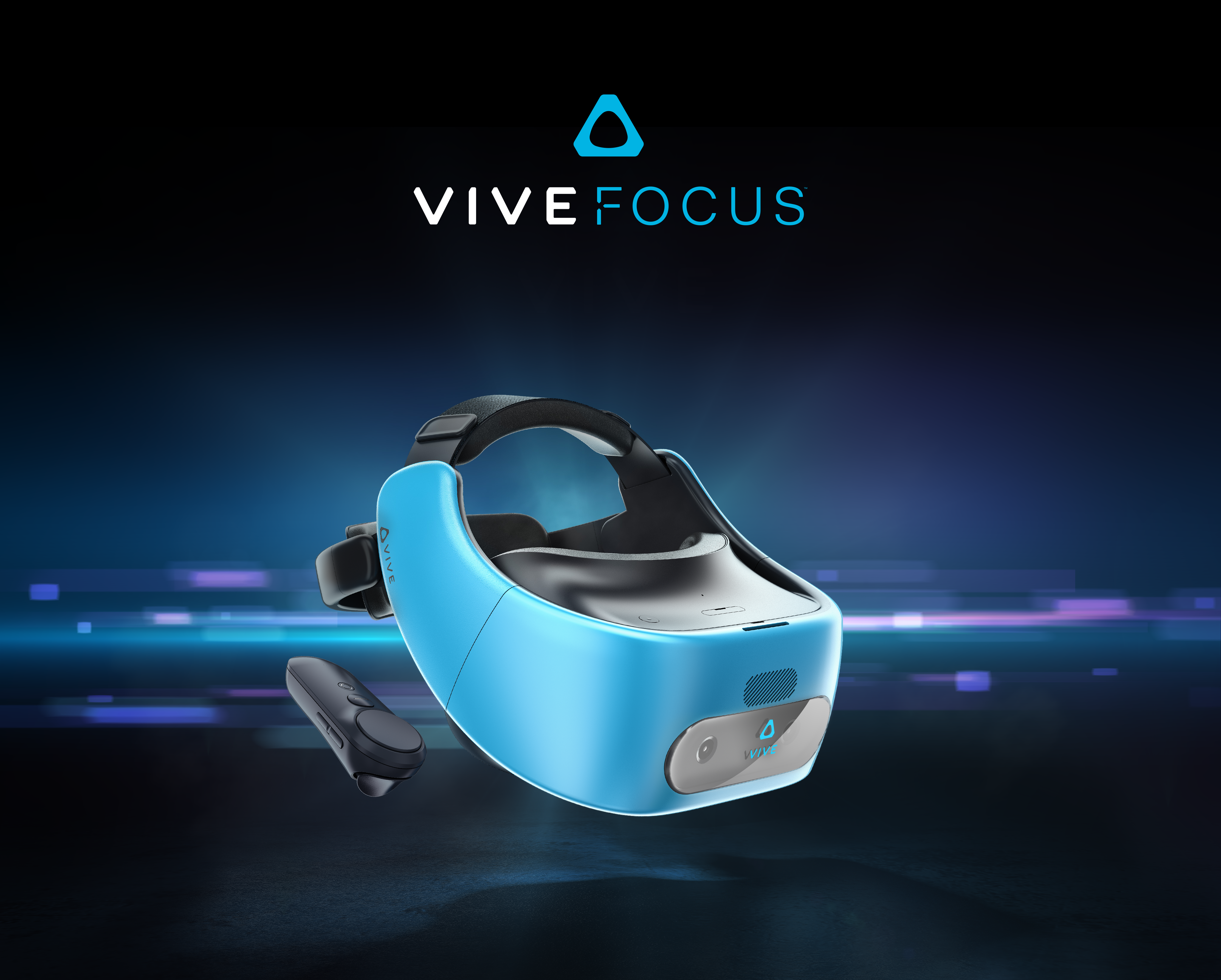
HTC Vive's venture into standalone VR headsets, the Vive Focus, was unveiled late last year, but the launch was unfortunately confined to the Chinese market. Unlike existing VR headsets such as the Oculus Rift or the standard HTC Vive, the Focus doesn't require being tethered to a powerful computer to work, making it a truly standalone experience. On the other hand, existing standalone virtual reality goggles like the Gear VR, Daydream View, or upcoming Oculus Go don't have spatial tracking, meaning that users aren't able to move around in 3D space.
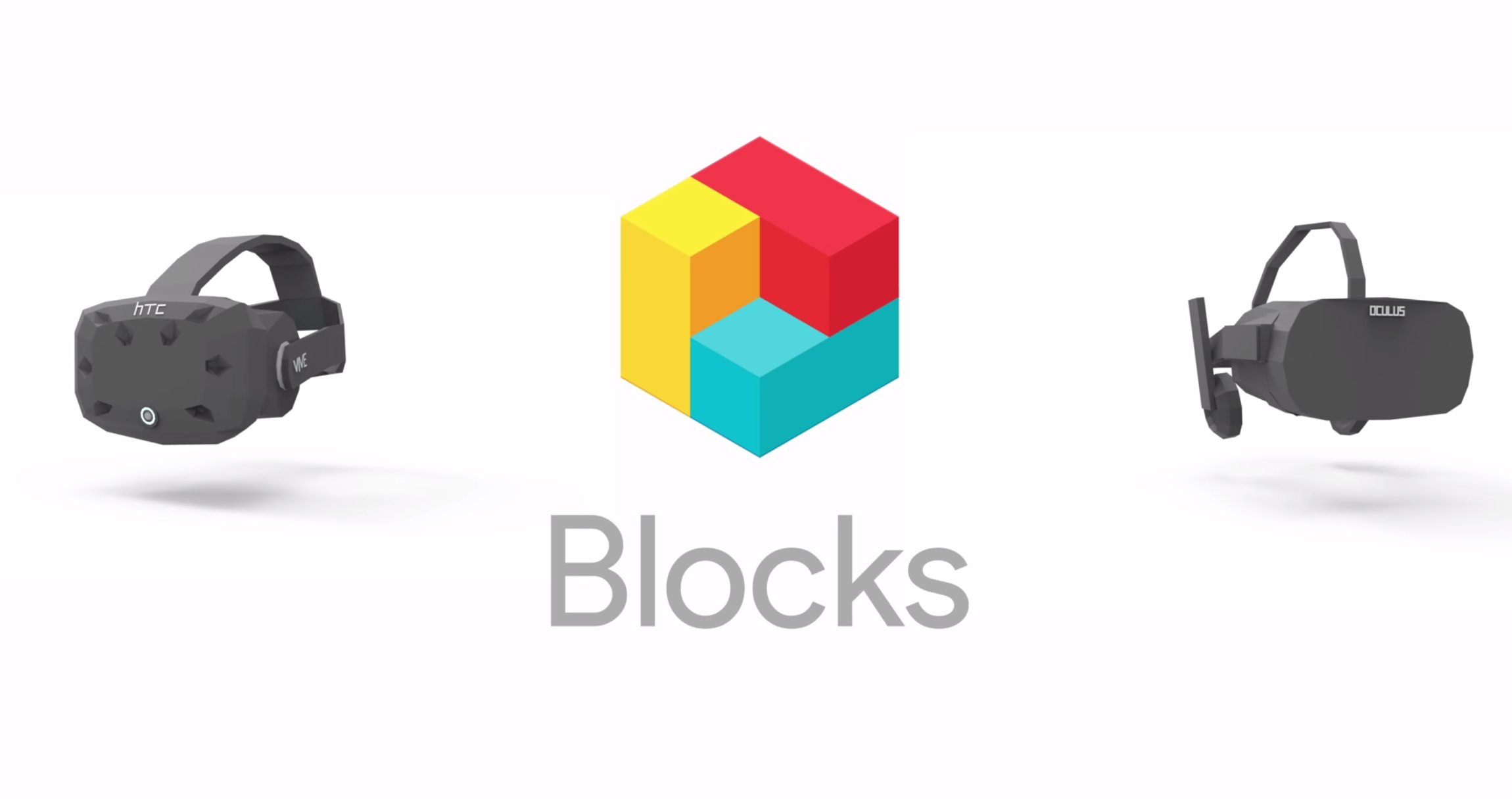
Today Google has announced Blocks, a new tool for the HTC Vive and Oculus Rift for making 3D objects. Think Google's Tilt Brush, but with a 3D spin. As the name might suggest, Google's motivation seems to have been making 3D modeling easier for everyone. Crafting objects literally with your hands should make Blocks much more approachable for users compared to the regular keyboard-and-mouse-driven method on a 2D screen.
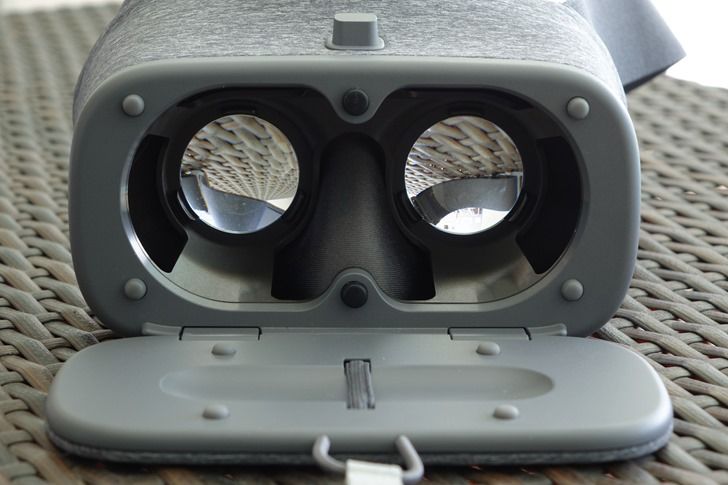
Perhaps you haven't noticed yet, but virtual reality is kind of a big deal. Samsung has holiday-themed ads running on primetime TV and sports, the HTC Vive and Oculus Rift are breaking new ground in a stale gaming industry, and even Google is pushing its new Daydream platform hard. The powers that be think there's money to be made, and that means they're willing to work together (at least to some degree) in pursuit of it. Hence the creation of the Global Virtual Reality Association, announced by Samsung on its corporate blog.

Let's be real here: we live on a beautiful planet. While some of our fascinations lie in what is beyond our rock in space, I think that we should take the time to appreciate what we're standing on. It is quite impossible that any one person can see all that this world has to offer, which is why Google Earth is so cool. Today marks the next step for exploring our homeworld by adding the virtual reality element with the appropriately named Earth VR.
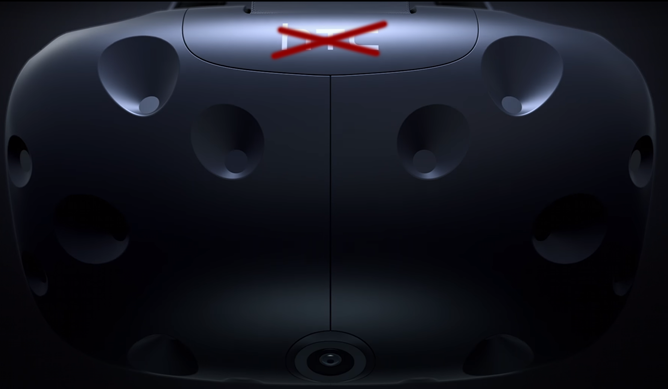
When HTC unveiled its Vive virtual reality headset a little more than a year ago, it seemed like a shot in the dark - the Taiwanese manufacturer had never made any gaming hardware, and it was squaring up to compete with Oculus, a relatively seasoned company with a fresh cash infusion from Facebook. Fast forward to the present, and entering the ready-to-explode consumer VR market (not to mention partnering with PC gaming and distribution giant Valve) seems like the best decision HTC has made in a long time.
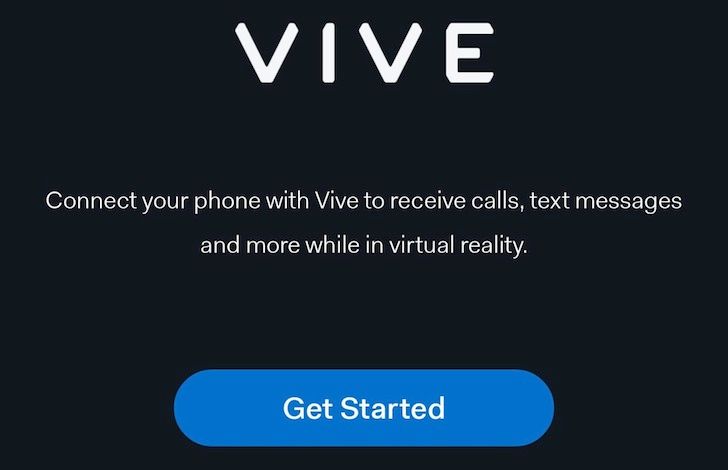
HTC has been amping up its Vive virtual reality headset for months and the launch date is finally upon us. For the not-so-low price of $799, you can grab a Vive unit to connect to your powerful computer and enjoy all those great videos and games that were developed just for the platform. But as early reviewers and adopters have said, the experience could be so good and immersive that you might forget your real world surroundings.
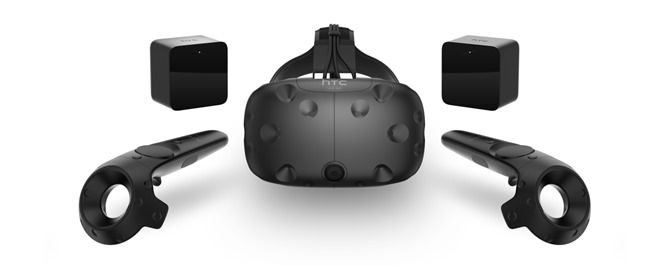
The HTC Vive has been making waves in the PC and gaming worlds, quickly emerging as a serious competitor to the more well-known Oculus Rift VR headset. The Vive has been in development for over a year with input from developers and other users, not to mention HTC's corporate partner Valve. The headset is nearing completion, and the company has announced that the final consumer model will ship in early April for the disappointing price of $799. For that price you get two motion-sensing controllers, two room scale sensors, and VR games Job Simulator: The 2050 Archives and Fantastic Contraption. Pre-orders begin next week on February 29th.
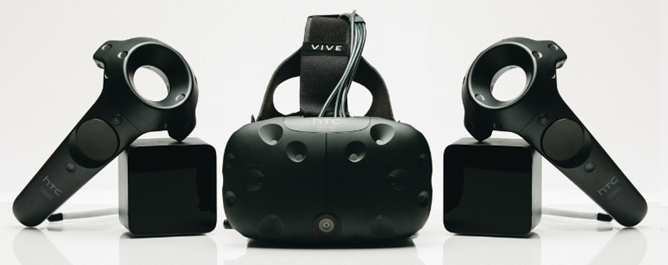
HTC raised more than a few eyebrows when it announced the Vive, a VR headset that ostensibly competes with the more well-known Oculus Rift. But far from being some one-off excursion like the Re Camera, the Vive has gained critical acclaim from those who've had access to its pre-production developer units, and HTC's partnership with Valve gives the company an in with one of the gaming industry's most influential players. At CES 2016, HTC revealed a new model, the Vive Pre, with some very interesting additions to the original.
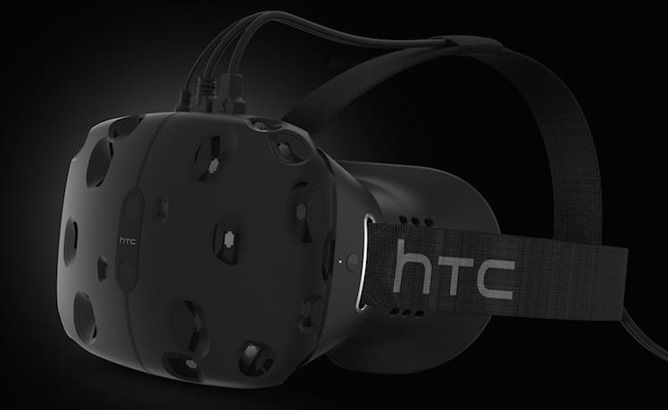
Last year the buzzword at Mobile World Congress was "wearable." The fervor from that market trend still hasn't died down, but hot on its heels is "virtual reality." Despite a less than fantastic position in the smartphone space, HTC seems intent on expanding into virtual reality to compete with the likes of Microsoft, Google, Oculus Rift (and by extension, Facebook), and Samsung. Say hello to the HTC Vive... or possibly the Re Vive, depending on which HTC promo you go by.







